State capitals often fly under the tourist radar despite serving as cultural and historical centers for their regions. While everyone knows about Boston, Denver, and Nashville, many capital cities remain overlooked gems waiting to be discovered.
These government seats offer distinctive attractions, thriving food scenes, and rich histories without the overwhelming crowds found in more famous destinations. Here is a list of 15 underrated state capitals across America that deserve attention for their unexpected coolness factor and unique urban experiences.
Olympia, Washington
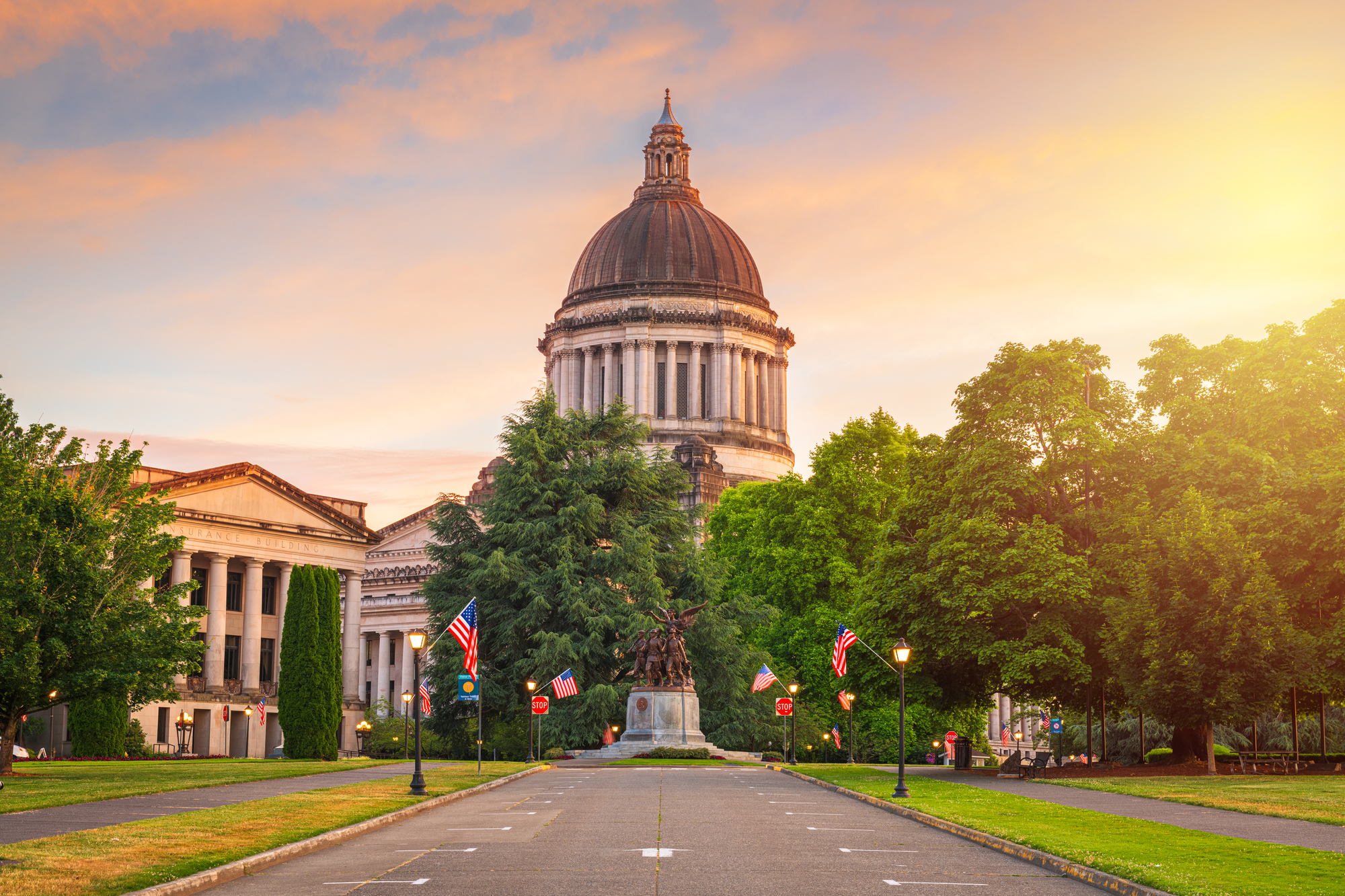
The Pacific Northwest’s governmental hub sits at the southern tip of Puget Sound – creating a waterfront atmosphere quite different from nearby Seattle. This compact city hosts one of the nation’s best year-round farmers markets, where visitors mingle with state legislators shopping for local produce and artisanal goods.
The vibrant downtown features Victorian buildings housing independent bookstores, vintage shops, and coffee roasters that epitomize small-city Northwest culture.
Montpelier, Vermont
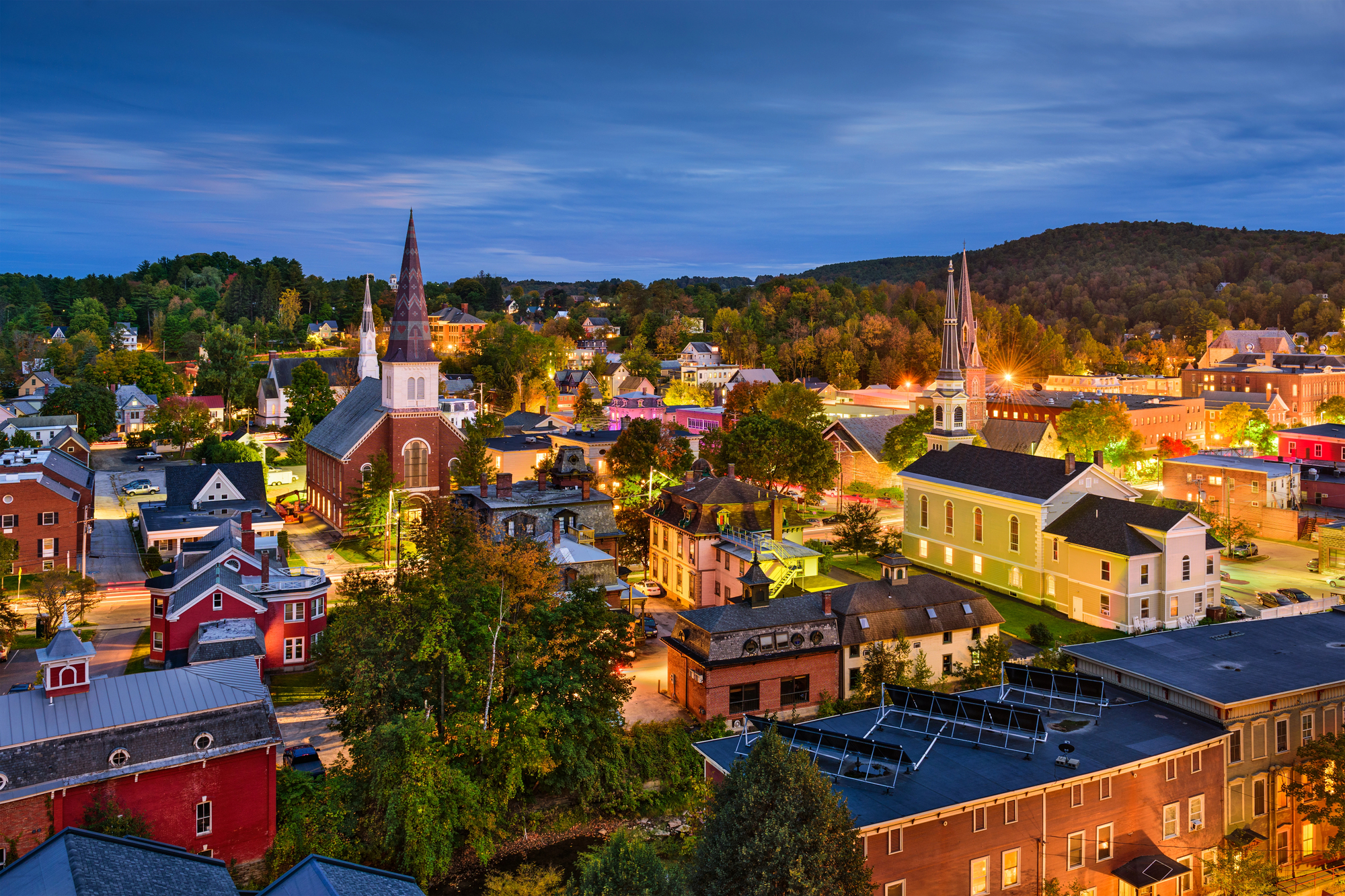
America’s smallest state capital maintains its charming 19th-century streetscape beneath the golden dome of its iconic statehouse. Despite having just 8,000 residents, this compact city supports a surprisingly sophisticated food scene featuring James Beard-nominated chefs who showcase Vermont’s agricultural bounty.
The downtown feels like a movie set with its brick buildings housing independent retailers – yet nothing feels contrived about this authentic New England community.
Pierre, South Dakota
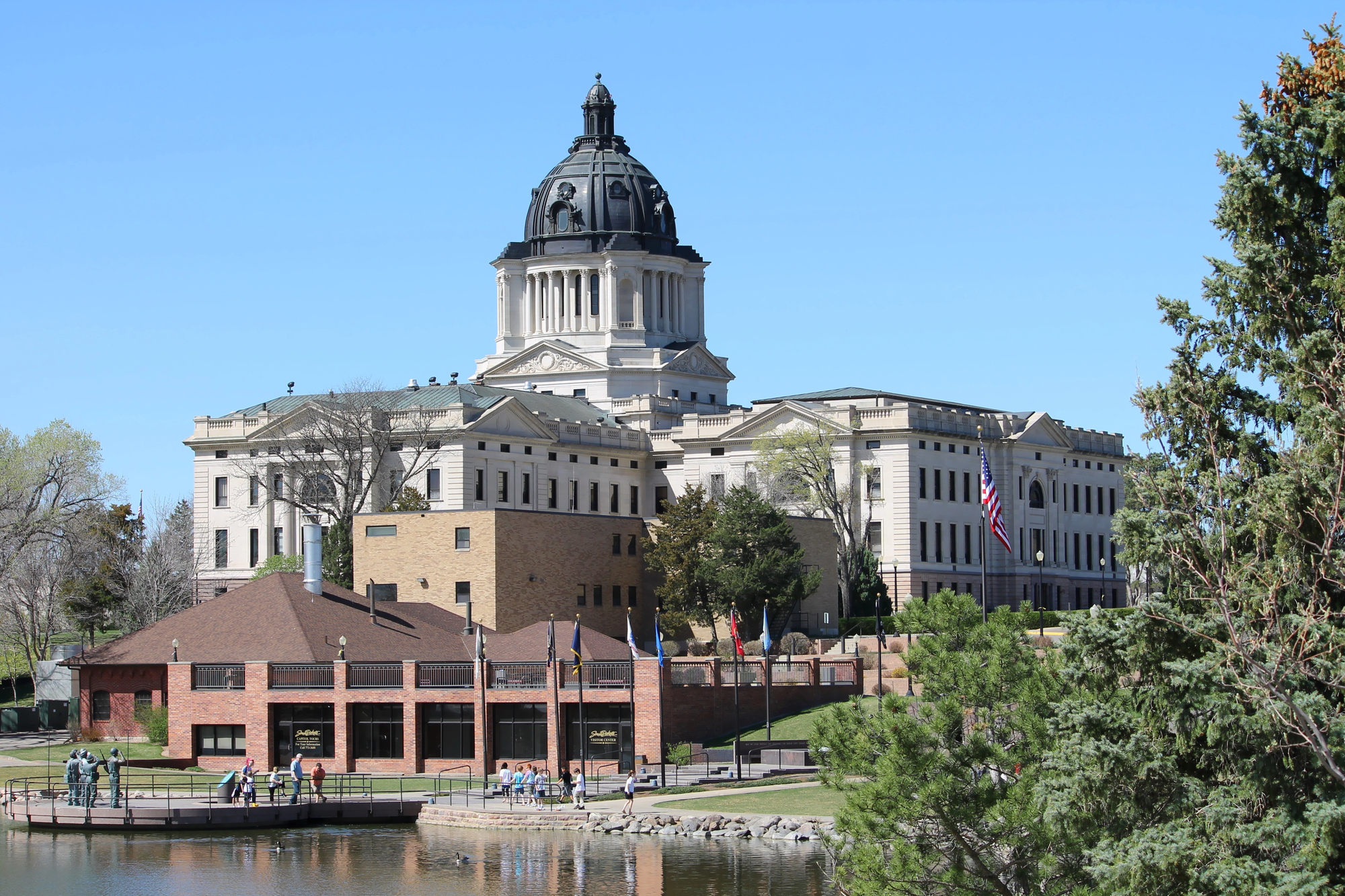
This Missouri River town offers breathtaking prairie sunsets that transform the Capitol building’s copper dome into a glowing beacon. Local residents celebrate their connection to the water through riverside parks, where families gather for evening picnics during summer months.
The compact downtown features western-themed architecture housing locally-owned businesses – creating a distinctive Great Plains cultural experience rarely encountered by tourists focused on Mount Rushmore.
Like Travel Pug’s content? Follow us on MSN.
Helena, Montana

The Queen City of the Rockies occupies a stunning valley where mountain biking trails begin practically at the Capitol steps. This former gold rush boomtown retains much of its Victorian-era architecture – creating a visually distinctive downtown filled with locally-owned shops and eateries.
The Great Northern Town Center development has brought new energy to the city through mixed-use spaces hosting everything from distilleries to art galleries celebrating Montana’s outdoor heritage.
Sacramento, California
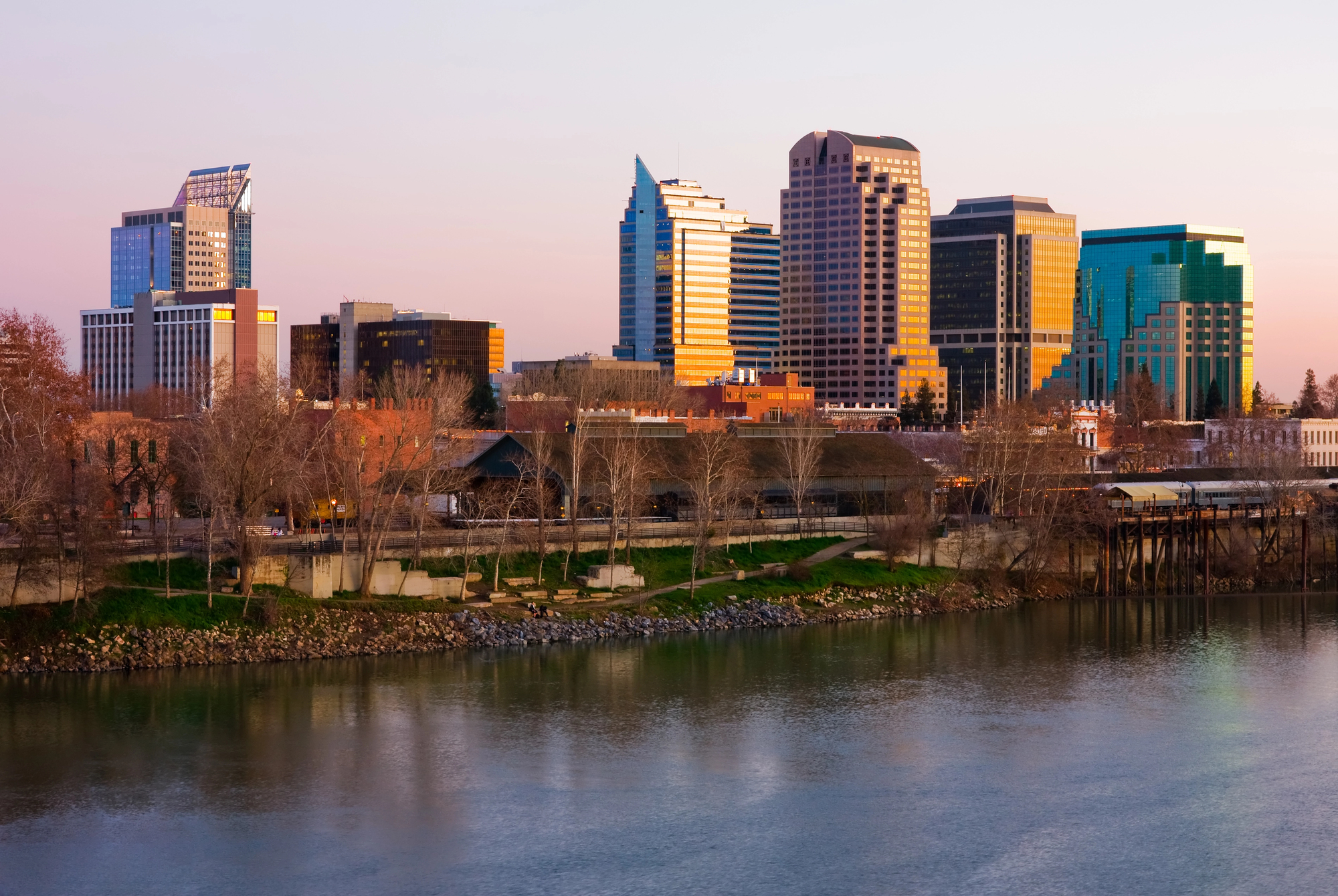
The Golden State’s capital has transformed its historic downtown into one of America’s most livable urban centers. The tree-lined streets of Midtown host weekly farmers markets where California’s agricultural abundance is on full display year-round.
Farm-to-fork restaurants have proliferated alongside craft breweries – creating a food scene that rivals those in more famous California destinations while remaining distinctly connected to the Central Valley’s agricultural roots.
Boise, Idaho
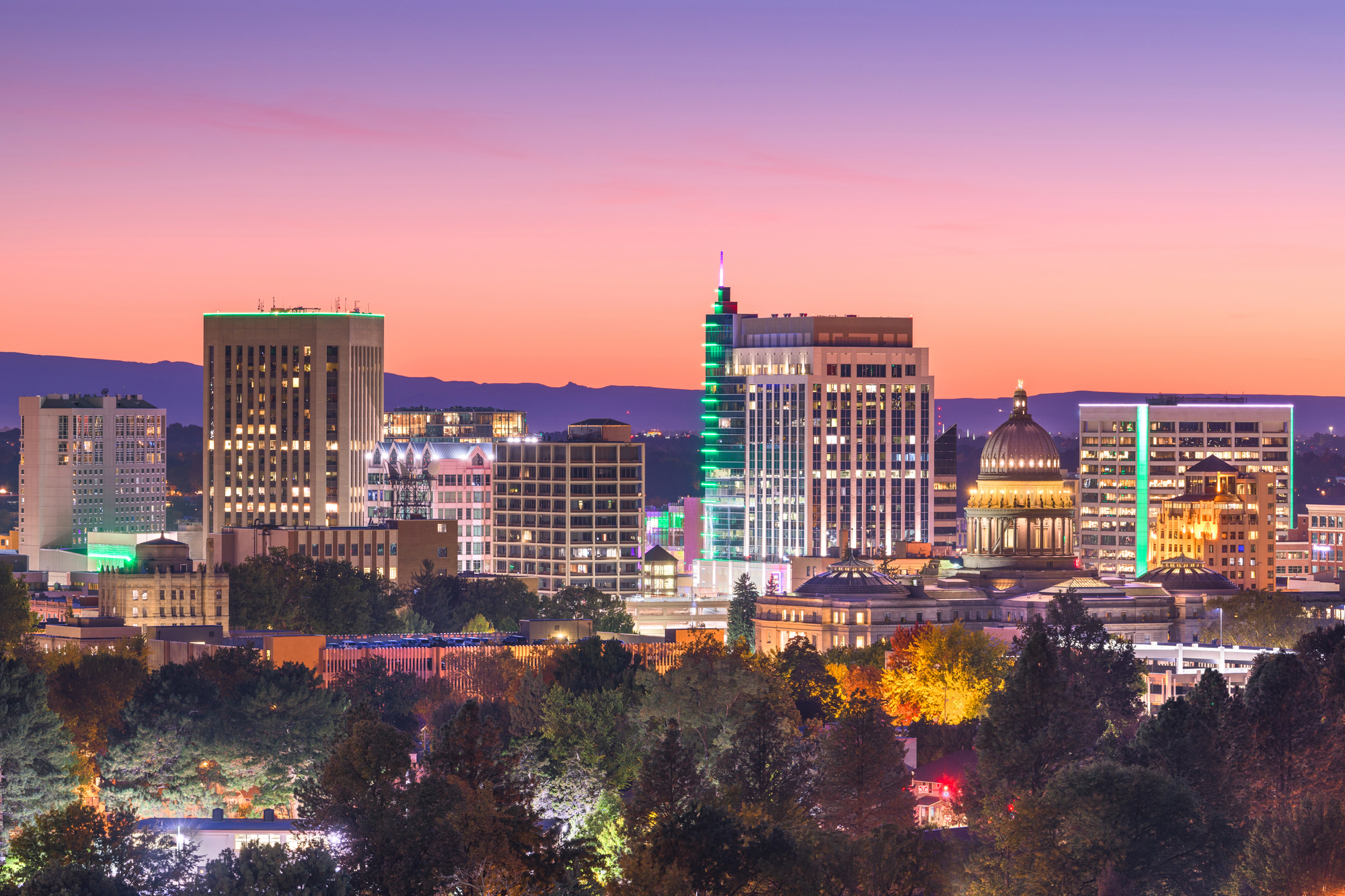
The City of Trees has emerged as the Northwest’s most surprising urban success story through the thoughtful development of its riverside greenbelt. The Basque Block preserves the cultural heritage of one of America’s largest Basque communities through distinctive restaurants and cultural centers.
Downtown’s revitalized warehouse district now houses innovative tech startups alongside craft breweries – creating a vibrant scene that perfectly balances outdoor recreation with urban amenities.
Like Travel Pug’s content? Follow us on MSN.
Concord, New Hampshire

This New England capital maintains a perfect balance between historic preservation and contemporary development. The completely renovated Main Street features wide brick sidewalks connecting independent retailers housed in beautifully maintained 19th-century buildings.
The Capitol Center for the Arts brings world-class performances to this small city – creating cultural opportunities typically found only in much larger metropolitan areas.
Santa Fe, New Mexico
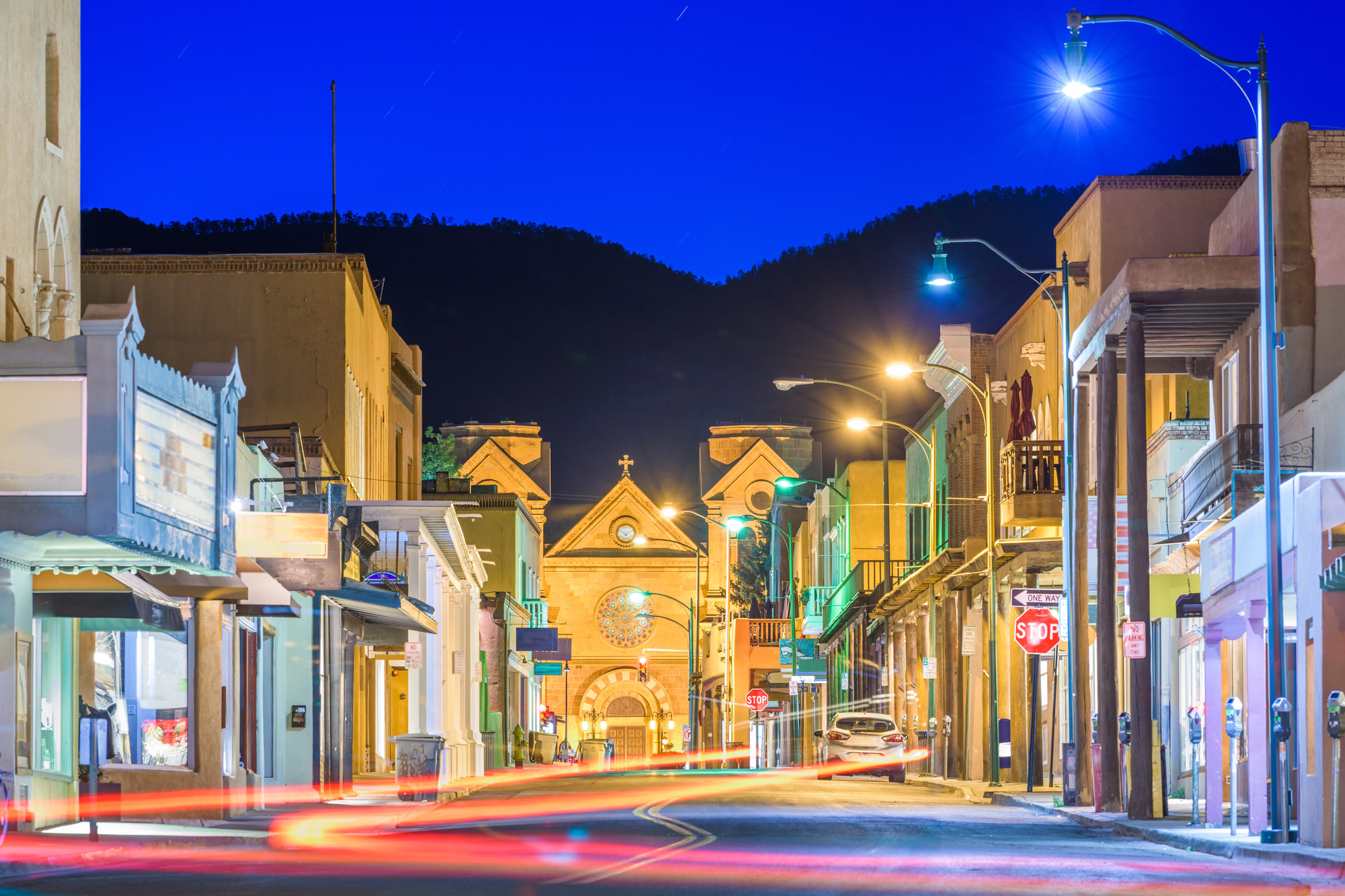
America’s oldest capital city maintains its distinctive adobe architecture beneath brilliant blue skies. The Plaza has served as the heart of community life for over 400 years – surrounded by galleries, restaurants, and shops selling authentic Native American art.
The city’s commitment to preserving its architectural heritage through strict building codes has created one of America’s most visually cohesive urban environments.
Annapolis, Maryland
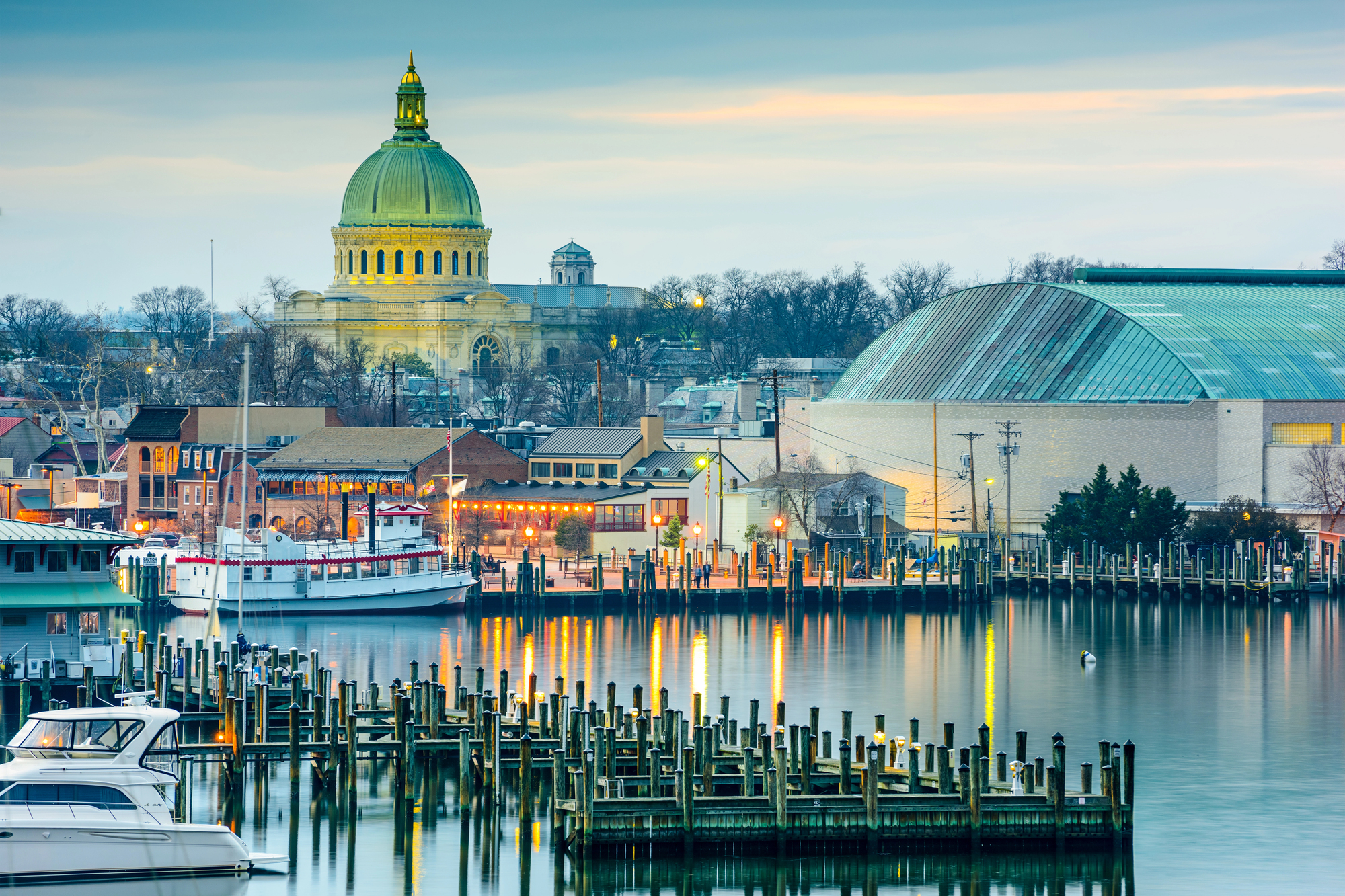
This Chesapeake Bay jewel combines colonial architecture with maritime heritage in a remarkably well-preserved historic core. The United States Naval Academy campus borders downtown – bringing midshipmen in crisp uniforms to local establishments.
Waterfront restaurants serve fresh seafood while offering views of sailboats navigating the harbor, creating a distinctly maritime atmosphere despite the city’s role as a government center.
Like Travel Pug’s content? Follow us on MSN.
Madison, Wisconsin
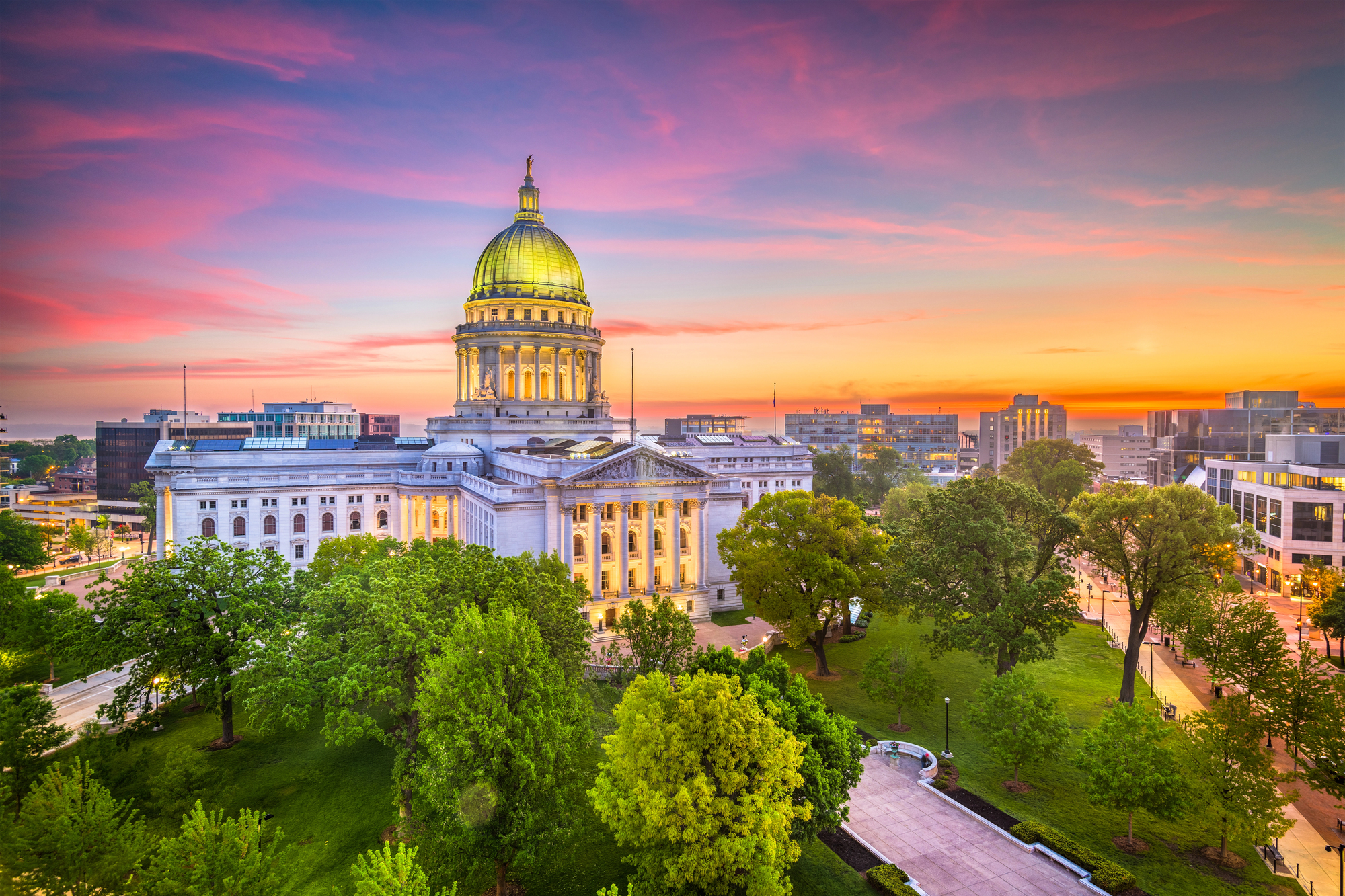
This isthmus city between two lakes blends Midwestern friendliness with progressive values and intellectual energy from the University of Wisconsin. The spectacular farmers market circling the Capitol square each Saturday has become a community institution drawing thousands to sample local cheeses, produce, and baked goods.
The city’s bicycle infrastructure ranks among America’s best, connecting neighborhoods through greenways that remain busy even during Wisconsin’s challenging winters.
Juneau, Alaska
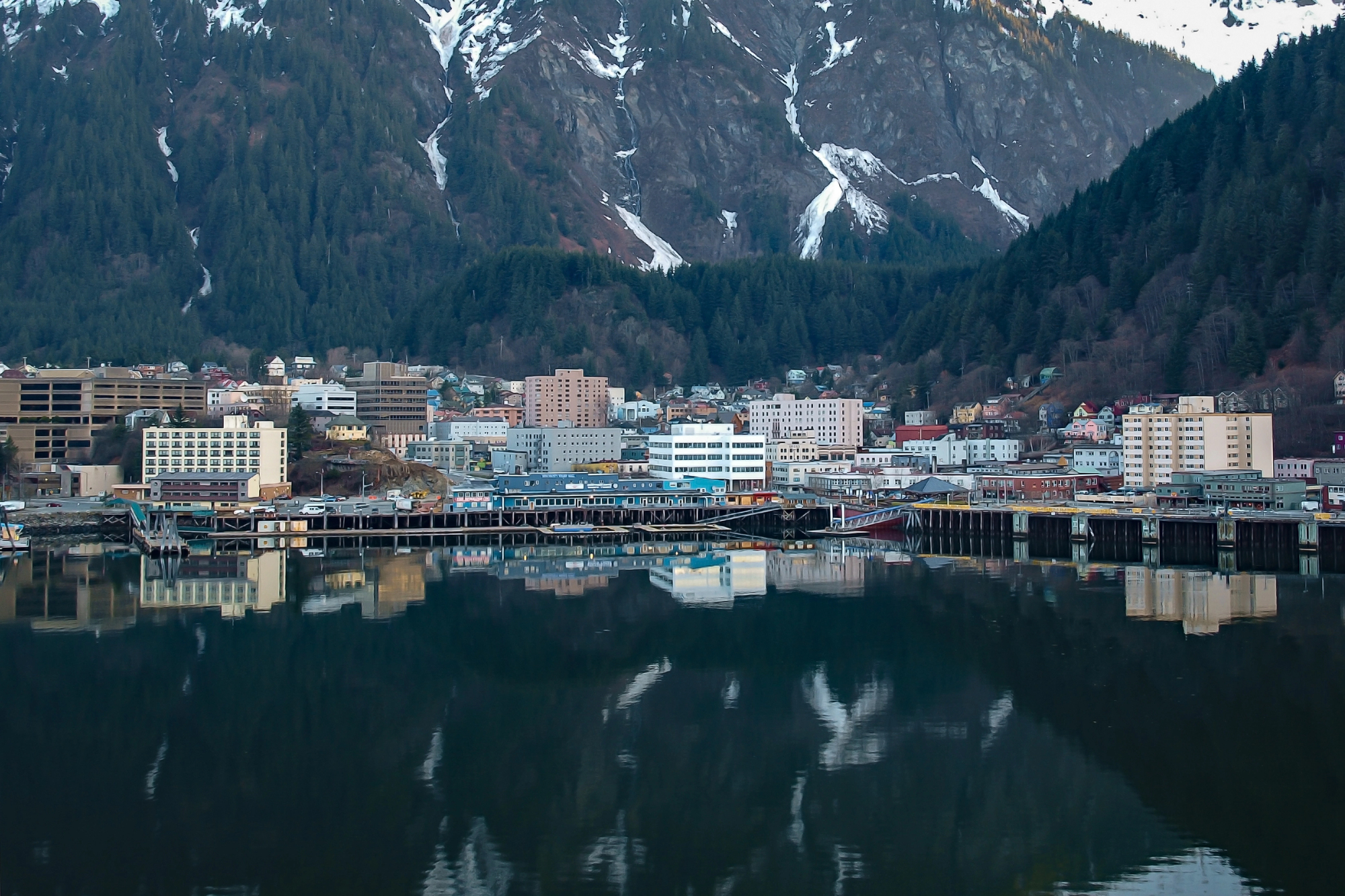
America’s most geographically isolated capital sits nestled between mountains and sea with no connecting roads to the outside world. This former mining town retains its frontier character despite serving as a cruise ship port during the summer months.
Local residents maintain strong connections to both nature and indigenous heritage through cultural centers showcasing native Tlingit art and traditions that remain vibrant parts of daily life.
Providence, Rhode Island
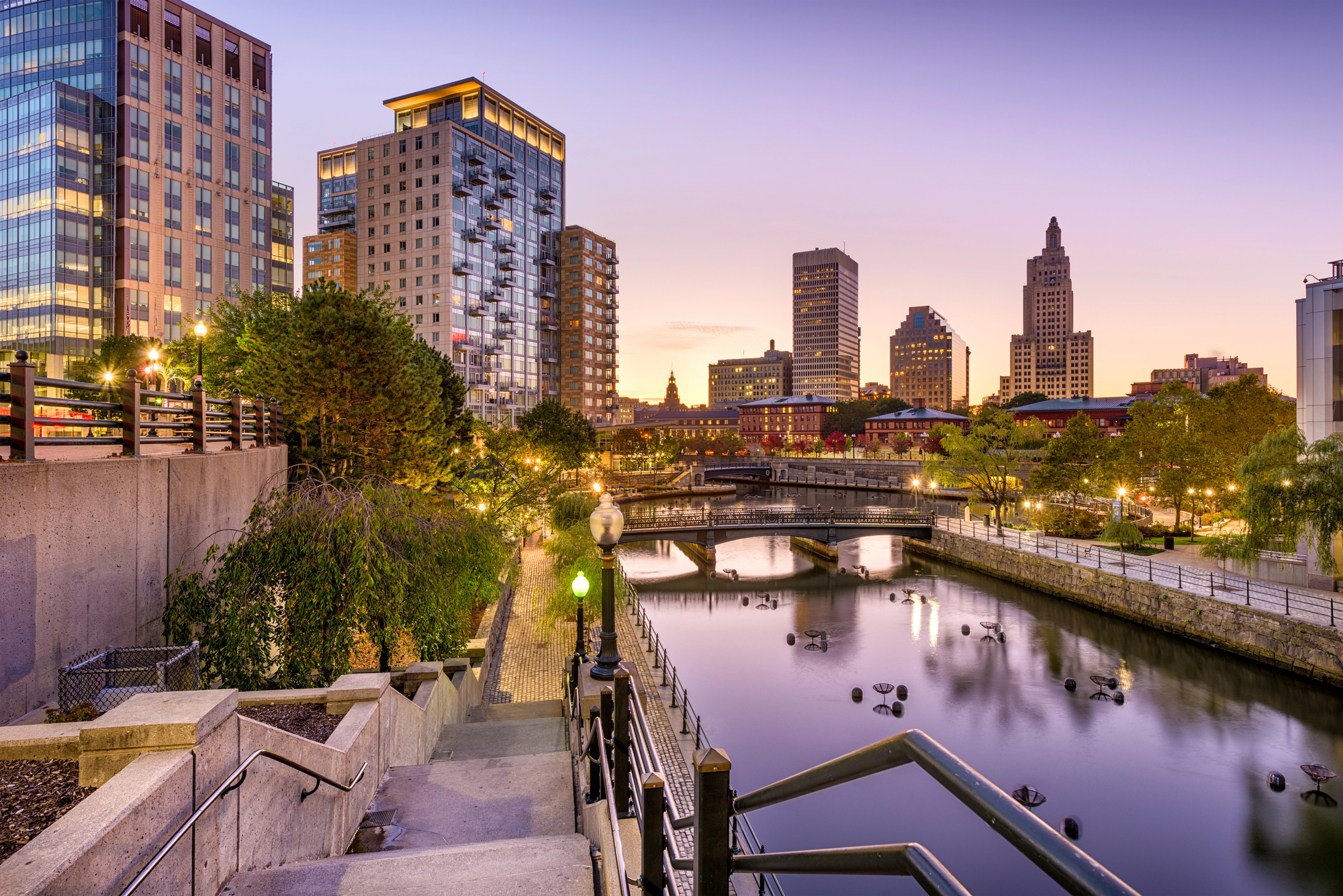
New England’s creative capital has transformed its downtown through the uncovering of buried rivers now featured in the WaterFire installation that draws thousands for evening arts celebrations. Johnson & Wales University’s renowned culinary program has spawned dozens of innovative restaurants in the compact downtown area.
The RISD Museum showcases works from established and emerging artists in a setting that perfectly balances historical architecture with contemporary design.
Like Travel Pug’s content? Follow us on MSN.
Hartford, Connecticut
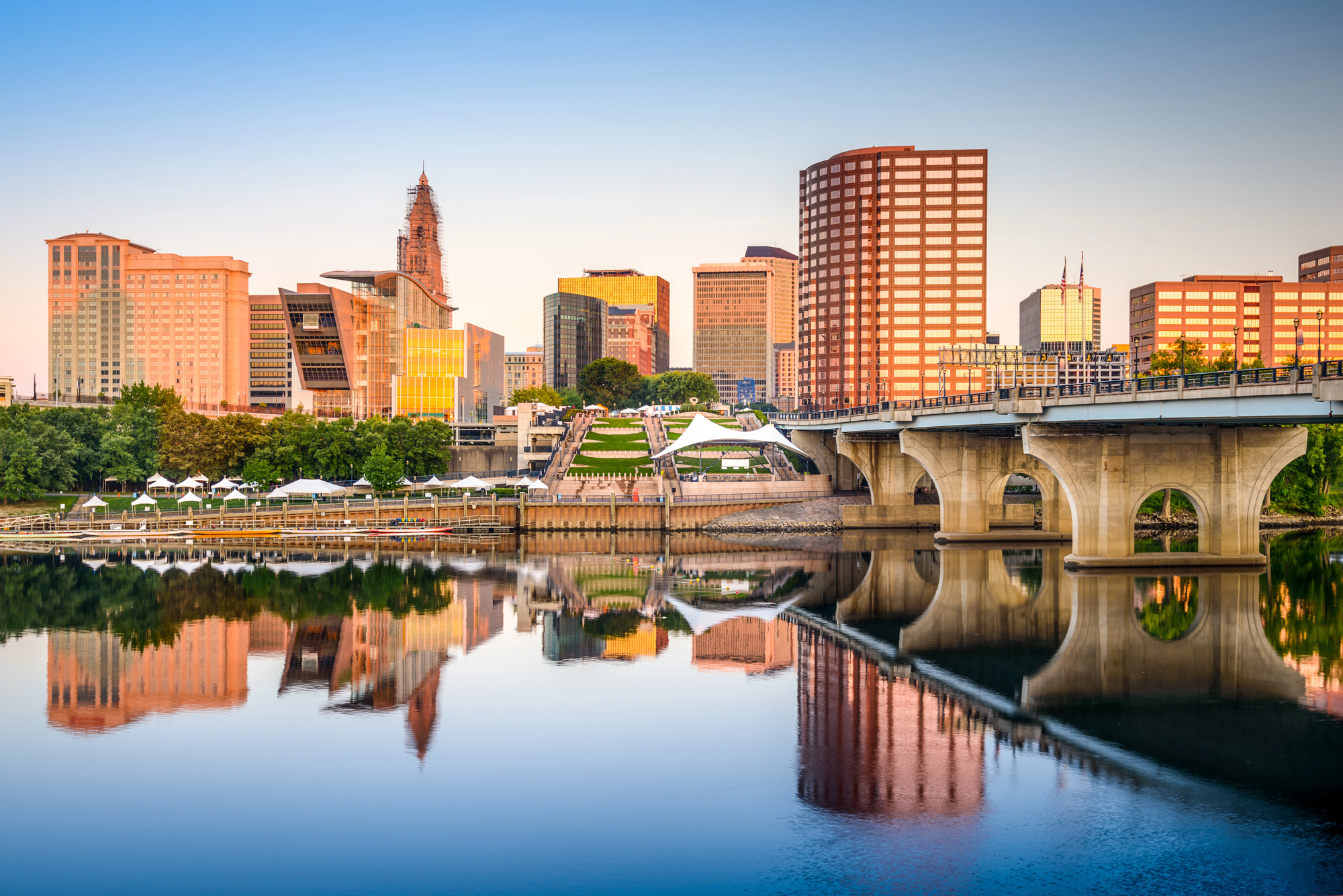
Mark Twain’s adopted hometown offers remarkable literary heritage alongside impressive architecture from its insurance industry heyday. The completely revitalized Front Street District now connects downtown to the Connecticut River through mixed-use developments housing restaurants and entertainment venues.
The Wadsworth Atheneum, America’s oldest continuously operating public art museum, houses an impressive collection spanning 5,000 years of artistic achievement.
Frankfort, Kentucky
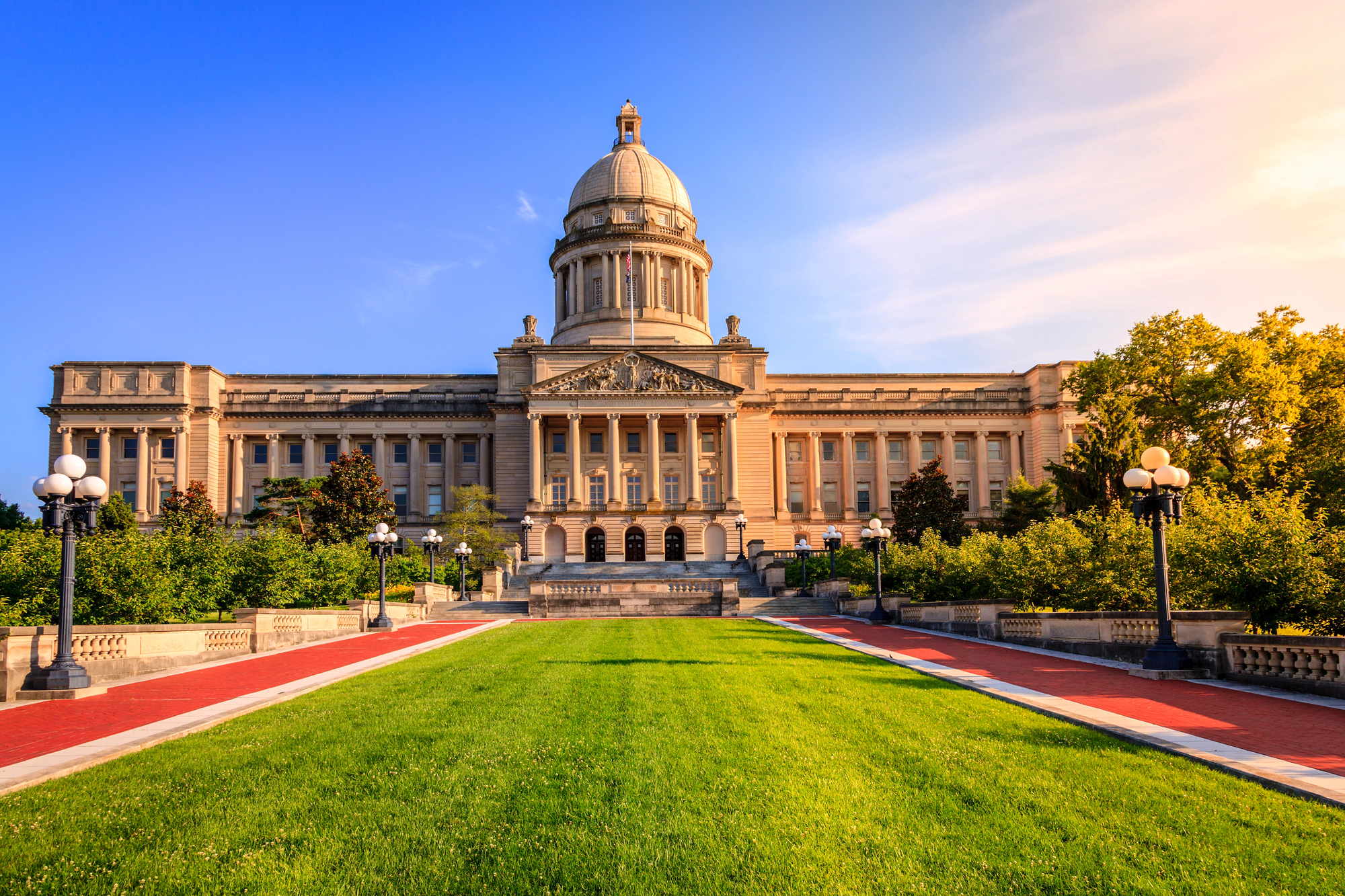
This compact Kentucky River town balances its governmental role with genuine bourbon country charm. The completely walkable downtown features impressive Victorian architecture housing locally-owned shops and restaurants serving authentic Southern cuisine.
Buffalo Trace Distillery offers tours just minutes from the Capitol, connecting visitors with Kentucky’s most famous export through educational tastings and historical exhibits explaining bourbon’s development.
Columbia, South Carolina
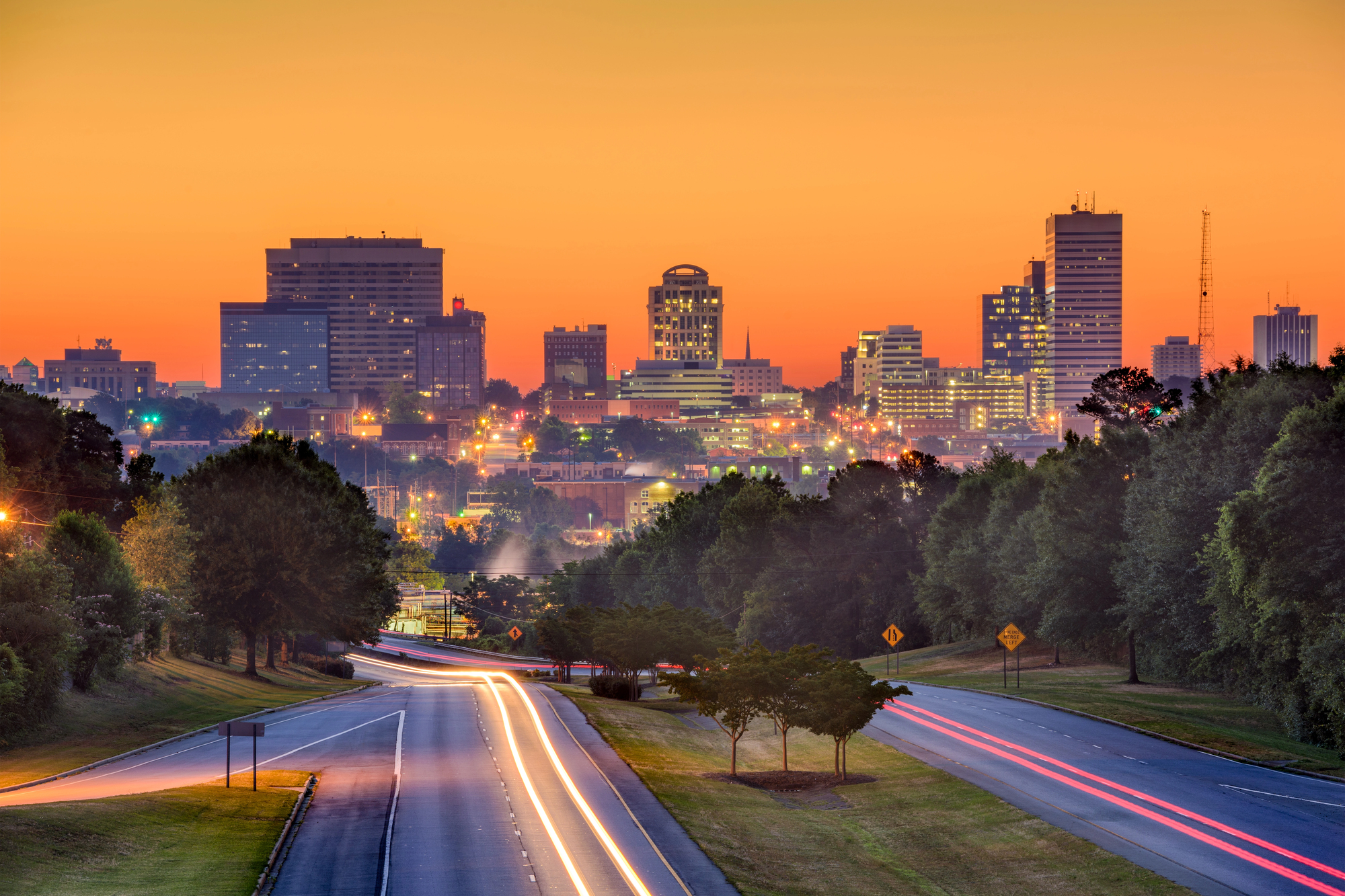
This Southern capital has reinvented itself through the development of distinct districts, each with unique character and offerings. The Vista area transforms former warehouses into galleries, restaurants, and music venues attracting diverse crowds.
The Congaree River waterfront provides recreational opportunities through parks and pathways connecting urban amenities with natural beauty. The city’s commitment to public art has created numerous murals and installations celebrating South Carolina’s complex history.
Like Travel Pug’s content? Follow us on MSN.
Beyond Political Functions
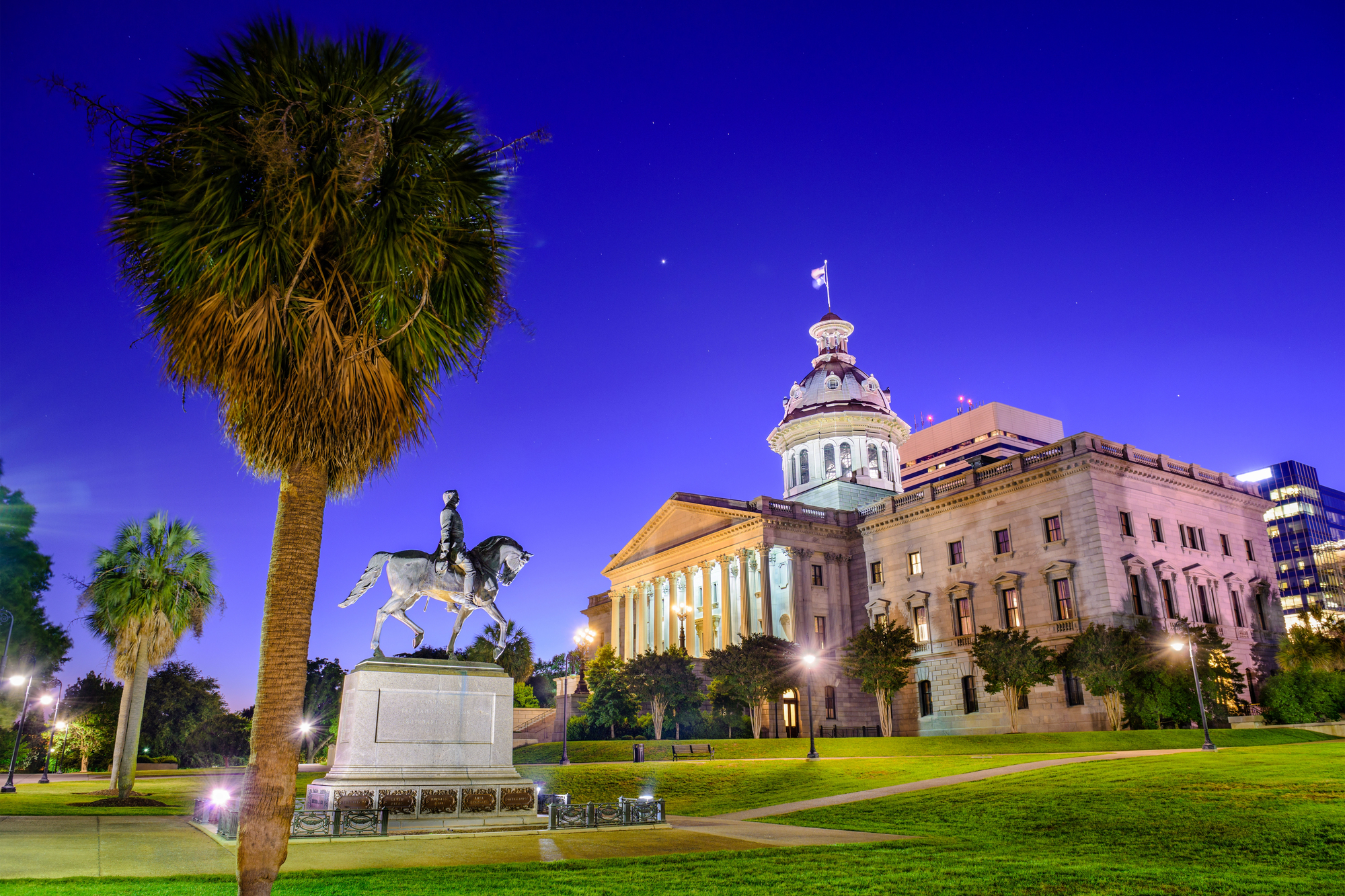
These underrated capitals demonstrate how government centers can evolve into genuinely appealing destinations with distinctive cultural identities. Each city balances its official role with community development that creates authentic urban experiences.
Their relative obscurity compared to famous metropolitan areas allows visitors to discover American urban life without tourist crowds, offering genuine connections to regional culture through food, architecture, and local traditions that reveal surprising aspects of states often defined by their natural attractions or larger cities.
More from Travel Pug

- Cities Growing so Fast You Won’t Recognize Them in 10 Years
- 13 Destinations Where Tourists Regularly Regret Their Trip
- 20 Obscure WWII Sites Even History Buffs Don’t Know About
- 10 Under-the-Radar Mountain Towns That Are Both Affordable and Beautiful
- Remote Villages in Europe Where You Can Live for Free in Exchange for Work
Like Travel Pug’s content? Follow us on MSN.
